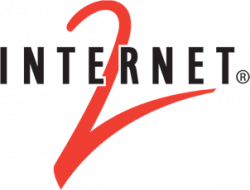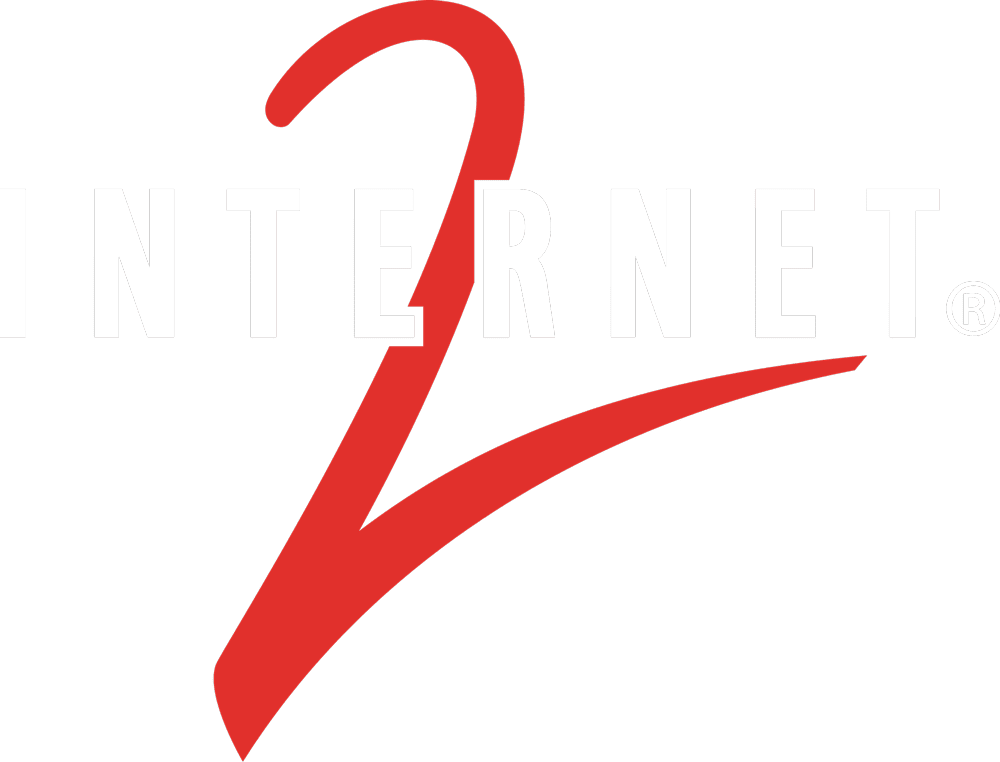Case Study
NET+ Docusign at the University of California, Berkeley
Through Internet2 NET+, higher ed institutions like University of California at Berkeley leverage Docusign to streamline and modernize administrative processes while reducing costs.
Solution Summary
From onboarding new employees to processing vendor payments, implementing Docusign has saved UC Berkeley time and money.
The Project

In 2018, the University of California at Berkeley (UC Berkeley) took on the task of modernizing efficiency and security for its ever-growing mountain of documents, records, and signed contracts.*
“When you think about UC Berkeley being a university founded in the 1860s,” said Sina Carroll, UC Berkeley’s Docusign Service Delivery Lead, “the amount of paperwork involved with running a university for 150 years is staggering.”

Founded in 1868, UC Berkeley has more than 300 departments and basements full of records dating back to the school’s founding. UC Berkeley has 24,000 staff, and currently 2000+ active DocuSign users. The university annually processes more than 1,700 signatures in UC Berkeley Recreation & Wellbeing, the campus’s recreational sports department, alone. Before Docusign, one had to find a single document within this mass of information.
“One of the most unsung impacts of Docusign is on the daily administrative tasks,” Carroll continued. “We have shifted to a workflow where we can send someone a form capturing a signature and receive it back within minutes.”
*Note of Recognition: In 2017 and 2018, Marlita Kahn, the former service manager for Docusign, spearheaded the effort to assemble a consortium of select departments to approve funding for a trial period to see what impact DocuSign could have on campus productivity. Through her vision and dedicated work, our campus came to see and agree that Docusign could be a benefit. Because of her work, this consortium agreed to provide funding for this important tool. Kahn also envisioned the departmental management approach, which Docusign now recommends to other universities.
The Solution
Life Before and After Docusign: Life before Docusign was very different. The institution had lengthy hiring and onboarding processes for new employees, according to Carroll. Docusign’s influence in this area illustrates the impact the system made.
“In the past, the hiring process took an average of two to three months with another three to eight weeks after hire for onboarding,” Carroll said. “With electronic workflow, the result is transformatory for staff onboarding required only one to two days.”
In terms of storage, the university currently saves around five tons of paper with Docusign on an annual basis. Because these records have a retention policy, some documents can’t remain in the system past a certain point. With Docusign, UC Berkeley has a complex integration in place to transfer documents from the system to secure university servers for lengthier retention.
“We set a [condition] in a Docusign Connect module,” explained Joseph Mitola, an information systems analyst at the university, “which pushes notifications to our external system and, then, begins a content download of those documents into the UC Berkeley secure storage .”
Docusign also helped the university improve its management of vendor payments. Previously, vendor payments were managed through a series of Excel spreadsheets. The process of vendor payment required many signatures, meaning the information was passed frequently from department to department with less security than is available now.
“Basically, the entire payment process for vendors is now completed through DocuSign,” said Vahid Nadi, a Docusign service manager at UC Berkeley. “The forms, payment, and paperwork is all processed through Docusign, and this has reduced time and increased efficiency for vendors and accounts payable – meaning vendors get paid faster.”
Implementing Docusign: Implementing Docusign came with a few challenges. Because UC Berkeley wanted to use campus authentication, the team needed to implement single sign-on, which took some time to set up. In addition, Docusign uses email addresses as a primary key for authentication.
“This was pretty challenging, at first, because our systems have a numeric unique identifier, and users at UC Berkeley can have multiple identities,” Mitola said.
The volume of users signing on, many using different email addresses, was another challenge as the UC Berkeley team worked to sync with the CalNet campus directories.
“We decided to create multiple accounts meaning that each of UC Berkeley’s 300 departments would correspond to a different Docusign account,” Mitola explained.
To make this happen, Mitola and the rest of his team created around 180 Docusign accounts so far. This fits well with UC Berkeley’s department style of management. Despite the enormity of the task, the implementation only took about a month.
“Every time staff members would sign in, they’d be sent to a default account because we didn’t know what department they were affiliated with,” Mitola said. “They would go into this default bucket, and a process run would pick them up in our directory, find the right department, stick them in, and close the initial sign-in account,” he continued.
Monthly meetings with departments kept everyone on the same page during this transition.
Training UC Berkeley Docusign Users, Building Community: Docusign’s implementation took only a few months to get off the ground, but the next piece was training. Implementation was spread across 180 departments and involved training for document storage, email signatures, payments to vendors, student registration, applicant materials, housing management, and more. The number of UC Berkeley Docusign users and the number of Docusign features used in various ways was countless.
“Because this implementation information is hard to wrap your head around, we curated a website, which lays all of this Docusign information out for departments to reference,” Carroll said.
The UC Berkeley team created a well-thought out plan for training. Any time a Docusign user signed into the system and was linked to a certain department, this user’s email went into a main email list from which updates went out regularly highlighting the latest on Docusign and training.
“When folks are provisioned into DocuSign as administrators, they’re given only a role in the demo environment until they complete training,” Carroll noted.
UC Berkeley also put a number of supports in place to facilitate the training of all current and future Docusign users at the institution:
- Docusign has its own website at UC Berkeley, eSignatures.berkeley.edu with links to training and accessibility, FAQs, and Docusign departmental accounts.
- UC Berkeley offers DocuSign Introductory User Training as an option for all users. The training includes a slideshow, recorded session, and 35-minute walk-through video.
- Several courses are available to bookmark for anyone needing a refresher after completing the initial training. These courses are focused on specific tasks: beginner training, basic starting guide covering most departments, Template creation, PowerForm creation, WebForm creation, bulk sending, and a course for advanced Docusign features.
- Training courses are available as self-paced, instructor-led, and even live.
- Open clinics and drop-ins are available for Docusign support.
Despite the many training features available for UC Berkeley active account Docusign users, the task of maintaining the training regularly was still a massive undertaking. Between the training and community provided by both Docusign and UC Berkeley, however, keeping current and problem solving user issues isn’t a hindrance.
Quarterly community of practice meetings are used to keep Docusign users communicating about usage issues and features. They cover topics like bulk sends, PowerForms, API applications, and document visibility. During meetings, different departments have the opportunity to present their experience with Docusign. Community of practice presentations are recorded and made accessible to UC Berkeley active account Docusign users.
The Result
A New Age for UC Berkeley: Nowhere is the shift to Docusign more dramatic than during the pandemic. UC Berkeley had already begun implementing Docusign in 2018, pre-COVID. Thanks to Docusign, the transition to remote working was streamlined. Remote workers were able to maintain or increase their level of efficiency.
Today, UC Berkeley has a system in place for all users to get technical support when needed and for continued learning as Docusign introduces more features. The institution holds regular meetings for its Docusign users to learn and discuss. Attendance is sometimes as many as 150 users. UC Berkeley IT’s Campus Applications & Data also sends frequent newsletters to alert users of anything new coming from Docusign. And, finally, Docusign offers easily accessible technical support from its own site.
“We’ve saved over $47,000 in one year on paper purchasing alone,” Carroll said. “The benefits can be a little hidden in this respect, embedded into each department. But, you magnify this example across a campus of 27,000 people, and it’s really impactful.”
About the NET+ Docusign Program
Internet2 Higher Education members can take advantage of the NET+ Docusign offering which includes special higher education terms and custom packages developed for the higher education community. Please contact netplus@internet2.edu for details and check out our FAQ.
